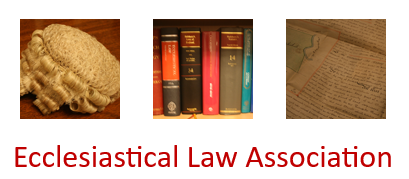The petitioner wished to place on his wife's grave a cast iron memorial, which included, as part of the design, a cluster of five-pointed stars, as his wife's name was Stella. The Parochial Church Council was opposed to this type of memorial on the basis that it would not be in keeping with the stone memorials in the churchyard and it would set a precedent. The Diocesan Advisory Committee and the Church Buildings Council had no objections to the design. The Chancellor considered that the memorial would be fitting and appropriate. There was a tradition of cast iron headstones in the area, though not in this particular churchyard. The Chancellor granted a faculty, subject to a condition that the stars should not be pierced through the memorial, but that the stars and the lettering should be raised. This was for health and safety reasons, lest children might injure themselves on the sharp points of pierced stars.

